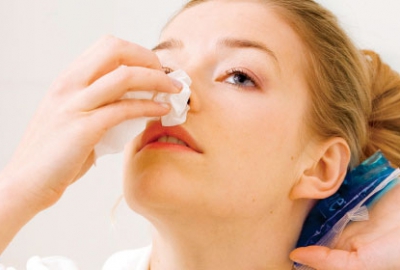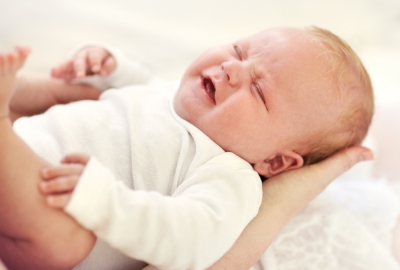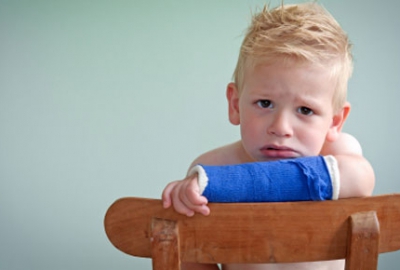Dehydration means that a child's body lacks enough fluid. Dehydration can result from not drinking, vomiting, diarrhea, or any combination of these conditions. Rarely, sweating too much or urinating too much can cause dehydration . Infants and small children are much more likely to become dehydrated than older children or adults, because they can lose relatively more fluid quickly.
Symptoms of Dehydration in Children
- Be concerned if your child has an excessive loss of fluid by vomiting or diarrhea, or if the child refuses to eat or drink.
- Signs of dehydration
- Sunken eyes
- Decreased frequency of urination or dry diapers
- Sunken soft spot on the front of the head in babies (called the fontanel)
- No tears when the child cries
- Dry or sticky mucous membranes (the lining of the mouth or tongue)
- Lethargy (less than normal activity)
- Irritability (more crying, fussiness with inconsolability)
Treatment
Self-Care at Home
Most children become dehydrated because of diarrhea or vomiting caused by a viral infection. The way to help a dehydrated child is to give plenty of fluids while the child is ill. This is called fluid replacement.
Suitable fluid replacement for children younger than two years includes Pedialyte, Rehydralyte, Pedialyte freezer pops, or any similar product designed to replace fluids, sugar, and electrolytes (dissolved minerals such as sodium, potassium, and chloride). You can buy these products at most large grocery and drug stores.
You can make your own oral rehydration fluid by following this recipe:
- 1/2 teaspoon table salt
- 1/2 teaspoon potassium chloride (lite salt)
- 1/2 teaspoon baking soda
- 4 tablespoons sugar dissolved in 1 liter (a little over a quart) of water









